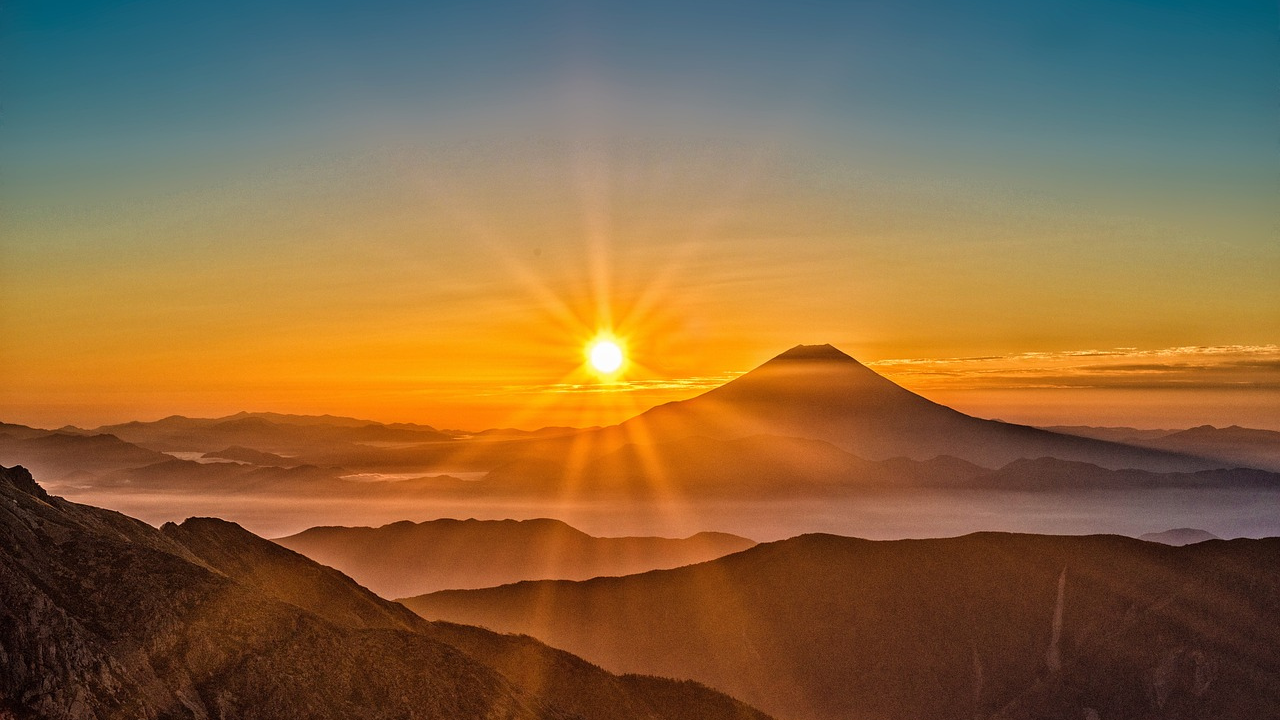The atomic bombings of Hiroshima and Nagasaki, as well as the Great East Japan Earthquake, have left indelible scars on Japan’s history. However, there are many lessons to be learned from these events: support for the affected areas, international bonds, and the desire for peace. Today, I would like to reflect on the importance of conveying our wish for peace to the world.
Wishing for Peace from Japan: Each individual’s heart creates peace
The Atomic Bombings of Hiroshima and Nagasaki
In 1945, atomic bombs were dropped on Hiroshima and Nagasaki, resulting in the deaths of over several hundred thousand people and leaving many others severely injured. In the aftermath, survivors, their families, and local communities suffered for an extended period. These were significant events in Japan’s history and served to deepen the desire for peace.
The Great East Japan Earthquake
On March 11, 2011, a massive 9.0 magnitude earthquake struck the Tohoku region, followed by a devastating tsunami along the coastal areas. This disaster led to tens of thousands of casualties, many losing their homes, and their living environments in a state of devastation. The danger of nuclear power plants during major disasters also became evident.
Gratitude to the Nations that Offered Support
However, during the Great East Japan Earthquake, Japan received rescue teams, aid, and heartwarming messages from all around the world. Many countries reached out to Japan during its difficult moments, providing substantial support for the recovery and rebuilding of the affected people’s lives. We sincerely appreciate this warm assistance.
Peace is a Universal Wish
There have been many sad events in Japan and around the world. Yet, each time, we have come together to help one another, learning lessons and strengthening our wish for peace. Peace is a universal wish. Why not share our aspirations for peace and broadcast them to the world? It is not in vain. Surely, the accumulation of such efforts will become a part of our culture and lead to peace.
Each Individual’s Heart Creates Peace
Peace is crafted by the hearts of each and every one of us. I love Japan, and equally, I love the world. Every country in the world is beautiful, and within them reside warm-hearted, compassionate people. I wish for peace in the world.
YouTube
Please subscribe to the channel.
Today’s Keywords
Atomic Bombings of Hiroshima and Nagasaki
The atomic bombings of Hiroshima and Nagasaki refer to the dropping of atomic bombs on Hiroshima and Nagasaki cities in Japan during World War II. Here are the details:
- Atomic Bombing of Hiroshima (August 6, 1945): The atomic bomb “Little Boy,” which used uranium-235, was dropped on Hiroshima city. The explosion resulted in catastrophic damage to the city’s central area, with the heat, blast, and radiation causing immediate deaths and injuries to tens of thousands of civilians.
- Atomic Bombing of Nagasaki (August 9, 1945): Just three days after the Hiroshima bombing, the atomic bomb “Fat Man,” which used plutonium-239, was dropped on Nagasaki city. This attack caused significant damage in Nagasaki, resulting in the loss of many lives.
The atomic bombings of Hiroshima and Nagasaki led to a significant loss of life and long-term radiation effects on the survivors. These events symbolize the destructive power of nuclear weapons and the threat they pose to humanity. Hiroshima and Nagasaki have become symbols of peace and nuclear disarmament. Japan, as a peace-oriented nation, continues to refrain from possessing nuclear weapons and actively works toward nuclear disarmament and the promotion of international peace.
ChatGPT
Great East Japan Earthquake
The Great East Japan Earthquake, also known as the 2011 Tōhoku earthquake and tsunami, was a disaster that occurred on March 11, 2011, at 2:46:18.1 p.m. It was caused by the Tōhoku region Pacific Ocean offshore earthquake and was accompanied by the Fukushima Daiichi nuclear power plant accident.
Earthquake:
The earthquake originated off the coast of Miyagi Prefecture in the Sanriku region with a magnitude of 9.0 and a depth of 24 km. The tremors were felt across a wide area from Hokkaido to Kyushu.
Tsunami:
The earthquake generated a massive tsunami, reaching heights of up to 40 meters, which struck the Pacific coast from Hokkaido to Kanto. The tsunami devastated coastal towns and municipalities, claiming many lives and causing extensive property damage.
Nuclear Power Plant Accident:
The tsunami led to the loss of cooling functions at the Fukushima Daiichi nuclear power plant, resulting in a nuclear accident. This accident caused the release of radioactive materials, raising concerns about the health effects on the surrounding population.
Casualties:
The Great East Japan Earthquake inflicted immense damage. There were 25,949 reported deaths and missing persons, 6,152 injuries, and approximately 4.7 million people evacuated. About 260,000 houses were either fully or partially destroyed, and significant damage occurred to infrastructure such as roads, railways, and ports.
Reconstruction:
A decade has passed since the Great East Japan Earthquake, and the process of recovery is ongoing. Private companies, non-profit organizations (NPOs), and various groups continue to contribute to the reconstruction efforts.
The disaster served as a major turning point for Japan. It led to a reevaluation of disaster prevention and mitigation measures and efforts to build a sustainable society.
Lessons from the Great East Japan Earthquake:
The lessons learned from the Great East Japan Earthquake include the following:
- The potential for massive earthquakes beyond what is typically anticipated.
- The devastating impact of tsunamis.
- The inherent dangers of nuclear power plants in the event of a major disaster.
In light of these lessons, there is an ongoing need to strengthen disaster prevention and mitigation measures.
Bard
Conversation with an Elderly Person

During the Great East Japan Earthquake,
there was a lot of support from many countries, wasn’t there?

During the Great East Japan Earthquake, many countries from all around the world extended their support and reached out to Japan. As a part of Japan, I sincerely express my gratitude.
In the midst of that devastating disaster, many lives were lost, and numerous homes were shattered. However, it was the assistance from around the world that gave us the courage to stand up and move forward with reconstruction.
Food, medical supplies, rescue teams, and essential items were delivered from the international community to Japan. Warm words and prayers were also offered, serving as a source of solace for us.
It’s because of this support that we are overcoming adversity and striving to stand tall once again. The solidarity and friendship that transcended borders have brought hope for the future.
To the nations that provided aid, we offer our heartfelt gratitude. Your kindness and compassion have brought hope to our country. With this sense of gratitude in our hearts, we aim to move forward toward the future.
- I’m using AI for translation, and I’m sharing my thoughts and values. If there are any errors, please let me know.
- I love Japan, and equally, I love the world just as much. Every country in the world is beautiful, and it’s home to warm-hearted, compassionate people. I wish for world peace.

